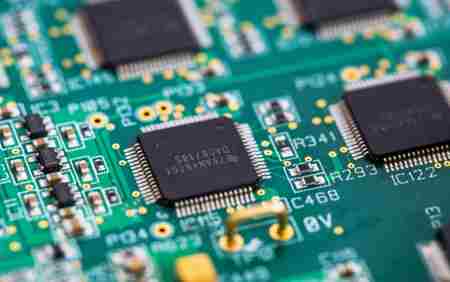Engineers have figured out how to give robots complex instructions without using electricity, which could free up more space in the robot’s ‘brain’ for thinking.
Inspired by how parts of the human body work, researchers from King’s College London have created a new type of circuit that sends commands using changes in pressure from a fluid inside the robot.
This breakthrough could lead to a new generation of robots that can perform tasks without needing constant control from their ‘brain.’ Instead, the extra space in the brain could be used for advanced AI software.
Dr. Antonio Forte, Senior Lecturer in Engineering at King’s College London, explained that this approach allows robots to offload tasks to different parts of their bodies, freeing up their brain for more advanced thinking. This could result in robots that are more socially aware or better at performing tasks, such as in social care or manufacturing.
Published in *Advanced Science*, the research also suggests that these robots could work in environments where electricity isn’t an option, such as in radiation-heavy areas like Chernobyl or in places like MRI rooms where electrical devices are sensitive. Additionally, this technology could eventually benefit countries with unreliable electricity access.
Dr. Forte further explained that robots are made up of two main parts: the brain and the body. While AI can handle big tasks like city traffic control, many robots still struggle with simple actions, like opening doors. This is because while software has advanced quickly, hardware has lagged behind. By making the hardware operate independently, robots could handle basic tasks without relying on their brain, similar to how our brain doesn’t need to constantly remind our heart to beat.
Currently, robots rely on electricity and computer chips to function. The robot’s brain sends instructions to the body, which then carries out actions. But in soft robotics, which uses flexible materials to mimic things like muscles, this is challenging because electronic parts are hard and put strain on the system when performing complex actions, such as grabbing a door handle.
To solve this, the researchers developed a new type of fluid-based circuit with a valve that works like a transistor in a normal circuit. By controlling the fluid pressure, they can send commands directly to the robot’s body, allowing it to perform complex tasks without needing electricity or direction from its brain. This provides more precise control than current fluid-based systems.
- Press release – King’s College London.







